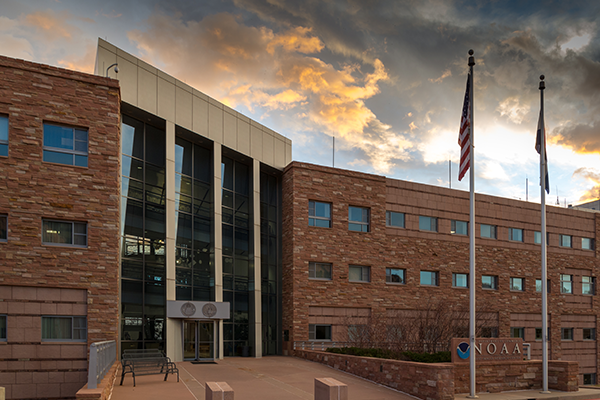
Two extratropical pathways to forcing tropical convective disturbances
Yuan-Ming Cheng
Tuesday, Apr 12, 2022, 2:00 pm
Webinar
GoToMeeting:Web: https://global.gotomeeting.com/join/343392437
Phone: https://global.gotomeeting.com/343392437/numbersdisplay.html
Access Code: 343-392-437
Abstract
Abstract: Observational evidence of two extratropical pathways to forcing tropical convective disturbances is documented through a statistical analysis of satellite-derived outgoing longwave radiation and ERA5 reanalysis. The forcing mechanism, as well as the character of the resulting disturbances, are shown to be dependent on the meridional structure of the background zonal wind. The “remote” pathway involves the excitation of convectively coupled Kelvin wave circulations in regions of equatorial easterlies, where Rossby wave propagation is generally prohibited due to critical line effects. When extratropical eddies propagate equatorward into the subtropics, they eventually encounter their critical line, which results in a transient forcing of the zonal flow, due to eddy momentum flux convergence and divergence. The momentum flux forcing peaks in the upper troposphere and remotely projects onto the Kelvin mode meridional eigenstructure. This nonlinear forcing and Kelvin waves have similar wavenumber and frequency and propagate at a similar phase speed, as a form of wave resonance between the tropics and extratropics. This resonance is evidenced by a zonal momentum budget analysis, which reveals that linear source terms play a leading role in fostering the Kelvin wave's eastward propagation, while nonlinear eddy terms are essential for maintaining these wind anomalies. In contrast, the “local” pathway entails the presence of an upper-level westerly duct that permits extratropical Rossby waves to propagate into the equatorial region, while precluding any sort of resonance between the tropics and extratropics, due to Doppler shifting effects. The intruding disturbances thus primarily act to excite tropical "cloud plumes'' locally through quasi-geostrophic forcing, while maintaining their extratropical nature.
You must provide an accepted form of identification at the Visitor Center to obtain a vistor badge. Security personnel also inspect vehicles prior to entrance of the site. Please allow extra time for these procedures.
After receiving a badge, you must arrive at the DSRC Lobby at least 5 minutes before the seminar starts to meet your security escort. If you arrive after that time, you will not be allowed entry.
Foreign Nationals: Please email the seminar contact at least 48 hours prior to the seminar to provide additional information required for security purposes.
Seminar Contact: psl.seminars@noaa.gov